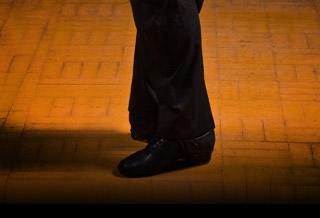Highland
Scottish Highland Dancing is a celebration of the Scottish spirit. The dances are a spectacular combination of strength, agility, movement, music, and costume.
Dancers typically dance to traditional Scottish music such as Strathspeys, Reels, Hornpipes and Jigs all played by an accompanying bagpiper. The dances are great fun and anyone, not just those with a Scottish heritage, who thrills to the sound of the bagpipe can join in and learn the dances.
There are two styles of Highland Dances
The traditional Highland Dances (or Kilted dances) and the graceful National Dances which includes dances such the Sailors Hornpipe and the Scottish Lilt, Highland Laddie and Wilt thou come to the Barracks Johnnie.
The Kilted dances are the Sword Dance, the Highland Fling, Shean Trews , Strathspey and Reel of Tulloch.
Highland dancing is one of few arenas where men and women compete equally. In most competitions, the number of women competing far exceeds the number of men. Highland Dancing is a healthy workout for adults and for children. It is a great way to develop good coordination, posture and overall muscle tone, not to mention aerobic capacity and strength. One study showed that a half hour of dance was equal to a game of soccer.
Ambitious new students develop self-discipline and confidence as they learn to tackle the physical demands of Highland dancing. Indeed, the tremendous strength, stamina, and technical precision that accomplished dancers exhibit on stage comes from years of independent training and collaboration with experienced teachers




